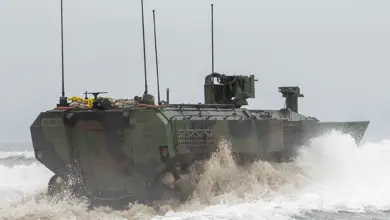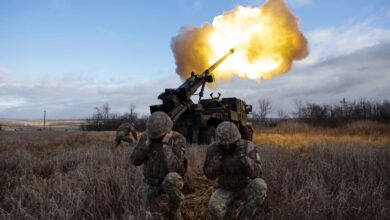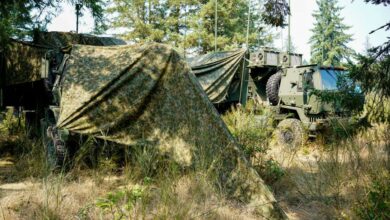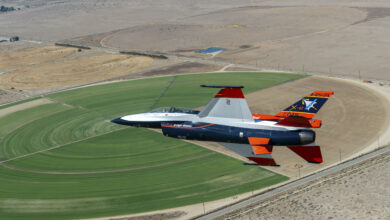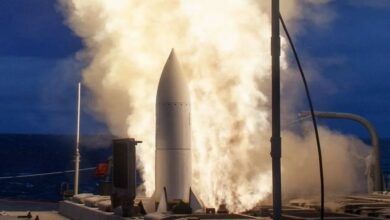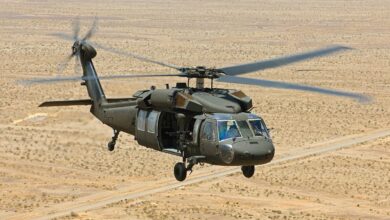US Begins Fielding Radar to Counter North Korean Missile
The US Missile Defense Agency (MDA) announced Monday it has constructed and initially deployed a key radar system capable of distinguishing genuine aerial threats from decoys.
The $1.5 billion Lockheed Martin Long Range Discrimination Radar (LRDR), which includes two 60 ft (18.2 m) diameter radar array antennas, is stationed in Alaska to counter the North Korean missile threat.
“There’s a rogue nation there [in the Indo-Pacific Command region] that is targeting the US, [and has] demonstrated ballistic missile capability time and again and very recently,” MDA Director Vice Adm. Jon Hill revealed at a virtual media roundtable.
“So the radar was strategically placed in Alaska, so with this wide field of view that we can capture threats coming from that region.”
Deployment by 2023
The system will undergo tests leading to its operational deployment in 2023. Once deployed, the system will be part of the US layered Missile Defense System, providing “unparalleled ability to simultaneously search and track multiple small objects, including all classes of ballistic missiles, at very long ranges, under continuous operation.”
Hill added that the LRDR “will allow [US] Northern Command to better defend the United States from ballistic and hypersonic missile threats.”
Distinguishes Lethal Objects From Debris, Decoys
The S-band radar’s “precision metric data” enables it to correctly identify lethal objects such as warheads, distinguishing them from non-lethal objects moving in orbit, resulting in a reduction in the number of “ground-based Interceptors required for threat engagement.”
The system can also monitor orbiting satellites to detect, track and identify “active or inactive satellites, spent rocket bodies, and fragmentation debris.”
According to the agency, the system’s scalable open architecture allows it to counter evolving threats without hardware alteration.


